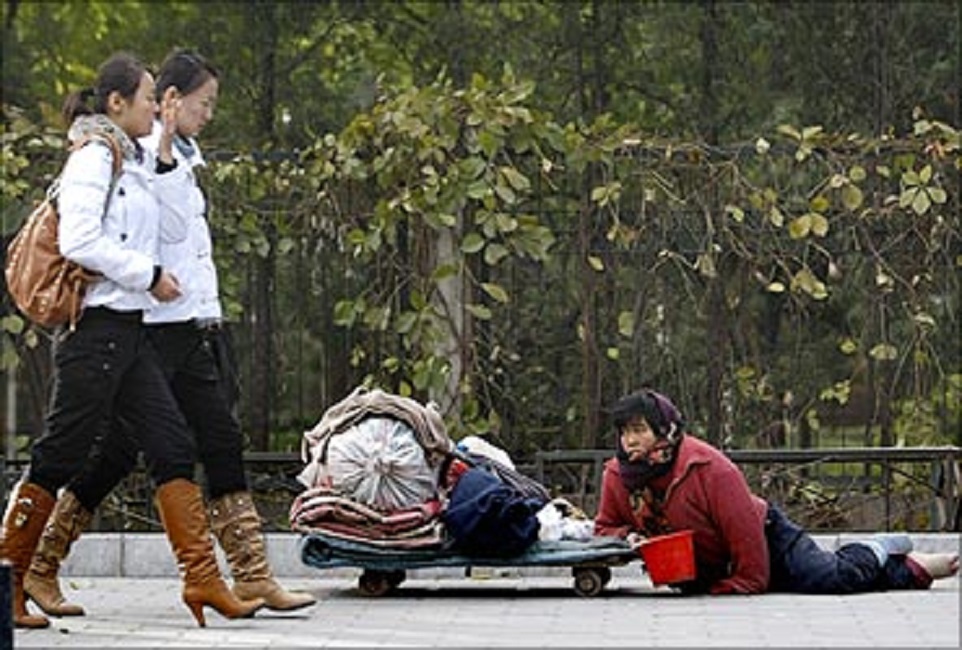The poorest people in the world will take more than a decade before they return to their pre-pandemic financial positions, Oxfam has said.
On the other hand, the richest recouped their losses due to the coronavirus outbreak within just nine months.
The charity has highlighted how the COVID-19 pandemic has made an already highly unequal world even more so, with the 10 richest billionaires enjoying an increase in wealth that would be enough to pay for a vaccine for everybody.
Billionaires increased their wealth by $3.9 trillion (€3,21 trillion) between 18 March and 31 December 2020, with the 10 richest collectively seeing an increase of $540 billion (€444 trillion), according to Oxfam.
Global financial institutions such as the International Monetary Fund, the World Bank and the OECD have all pointed to the dangers of an increasingly unequal world in the context of COVID-19.
The IMF’s managing director, Kristalina Georgieva, said the impact of the crisis “will be profound... with increased inequality leading to economic and social upheaval: a lost generation in the 2020s whose after-effects will be felt for decades to come.”
In a report that put the stark reality of how the pandemic is leaving the rich richer and the poor poorer, Oxfam warns governments have “a small and shrinking window” to build back a fairer and more equal economy.
The World Bank has calculated that if countries act now to reduce inequality then poverty could return to pre-crisis levels in just three years, rather than in over a decade.
Poorest have been hit hardest
Oxfam’s "The Inequality Virus" report also looks at how the world's poorest have been most affected by COVID-19, with health outcomes strongly determined by “pre-existing social and economic inequalities.”
This is because those living in poverty are most exposed to the virus, due to living in crowded homes and being deprived of water and sanitation facilities.
Poorer people in many countries throughout the world tend to work in public-facing roles where they cannot work from home, meaning they are more exposed to coronavirus.
And Oxfam points to a number of studies from several countries showing infection and mortality rates have a clear social gradient.
For example in England, mortality in the most deprived 10% of areas is twice that of the least deprived 10%. Similar trends have been seen in France and Spain as well.

Leave your comments
Login to post a comment
Post comment as a guest